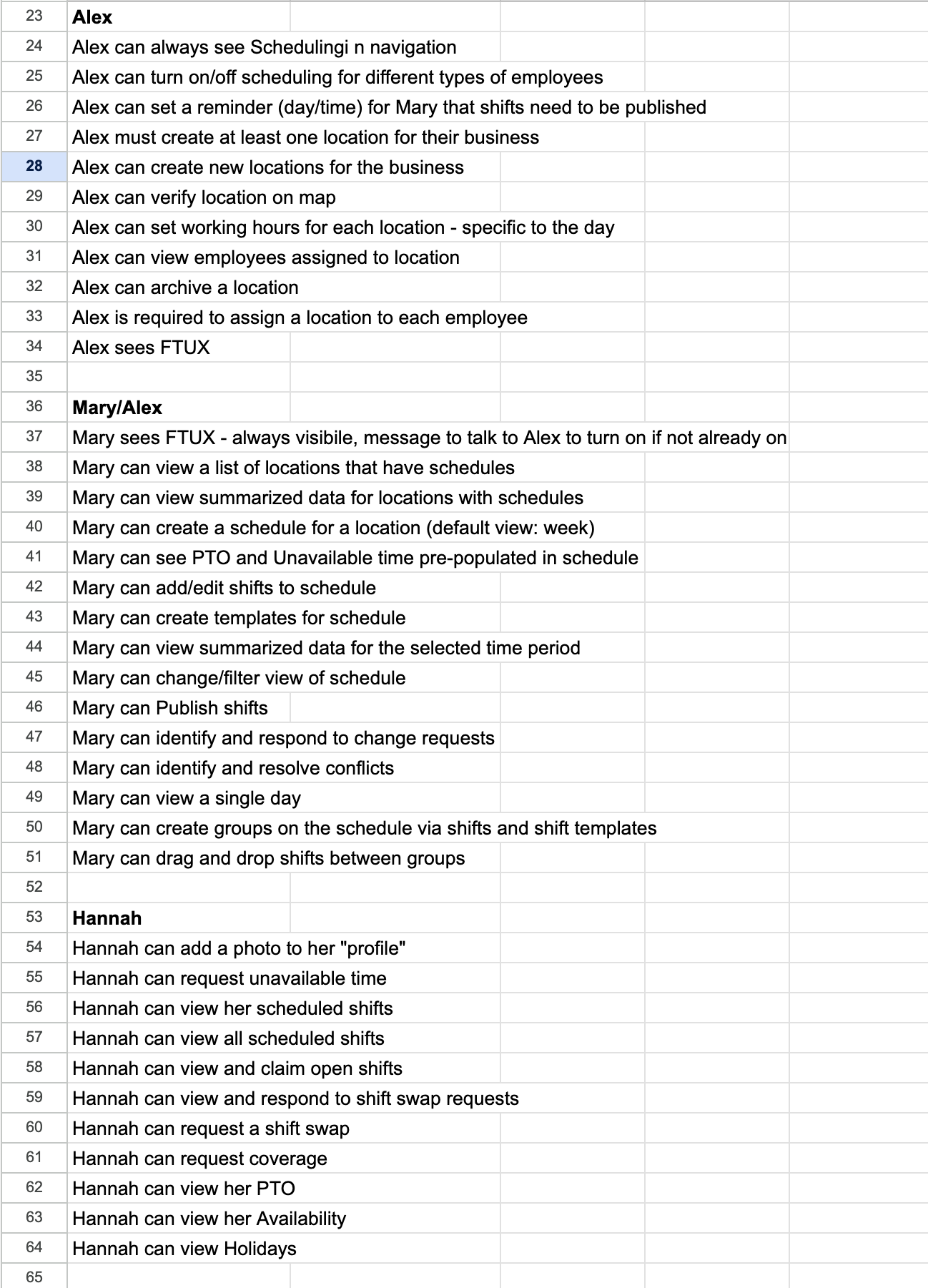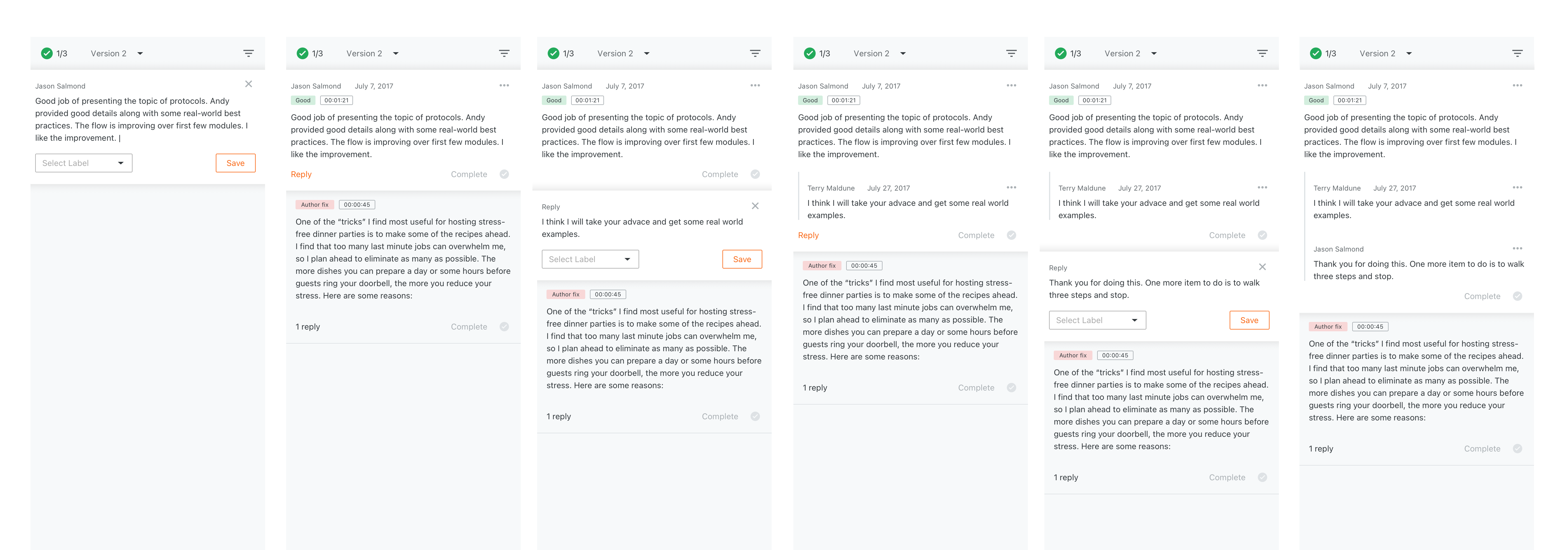Course Creation
Lead Product Designer • Pluralsight
Helped streamlined Pluralsight's authoring workflow so creators could spend less time fighting the tool and more time teaching—improving author retention and accelerating course production.
Streamline authoring to retain creators & ship courses faster
Our goal to improve the course creation process for authors who were experiencing challenges in their workflow, which led to slower production and occasional turnover. Our objective was to simplify and modernize the course creation system, enabling authors to spend less time dealing with technical difficulties and more time sharing their expertise. Achieving this goal would result in happier authors, increased retention, and a greater number of courses published in a shorter time frame.
Mapped the current journey & aligned on what “streamlined” means
I started by mapping out the existing author workflow to understand the full journey from initial course idea to published content. The process revealed pain points:
- Authors struggled with a fragmented workflow, having to jump between tools.
- The UI was outdated and not aligned with modern author expectations.
- Onboarding new authors required heavy support from our internal team.
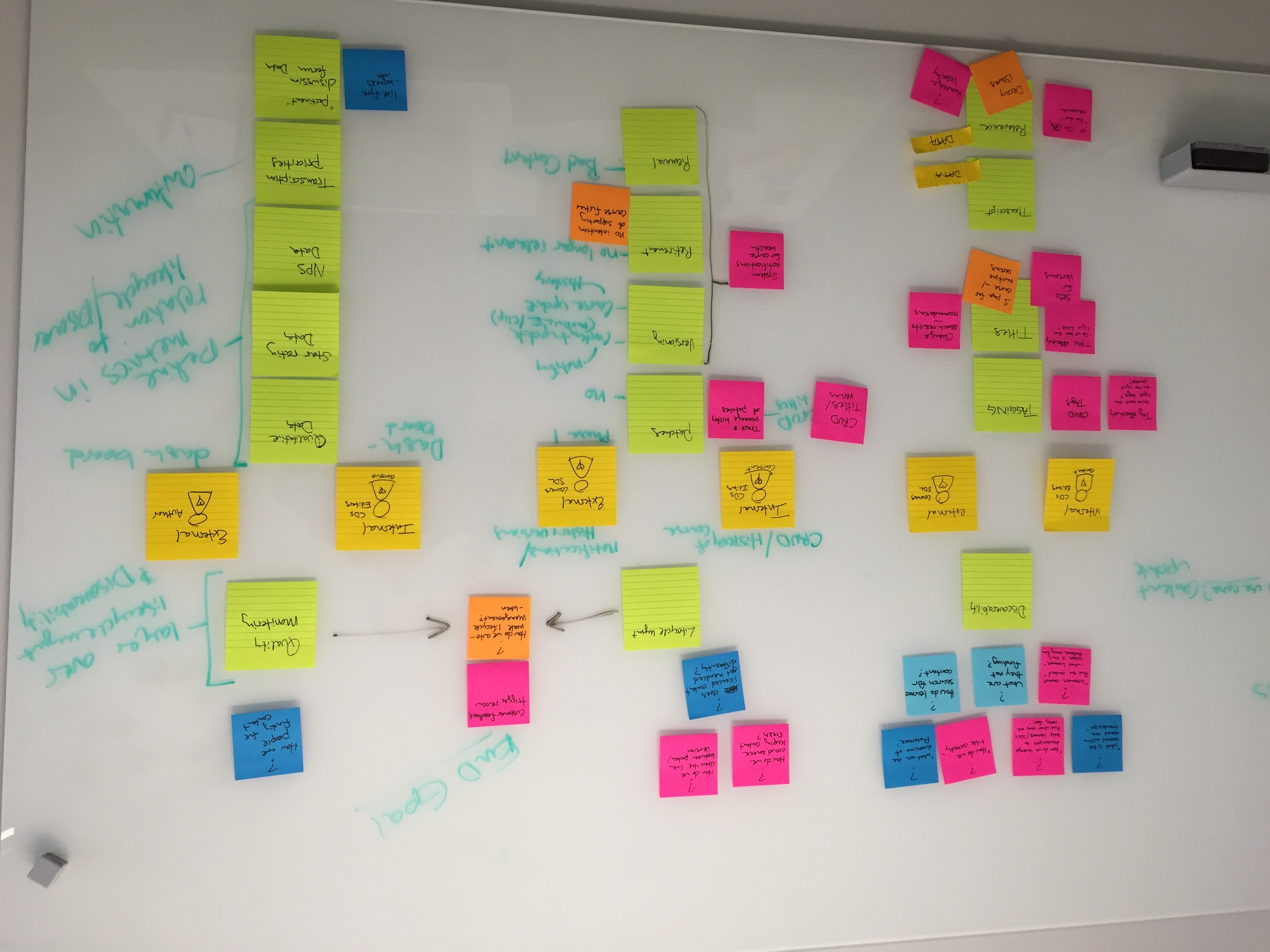
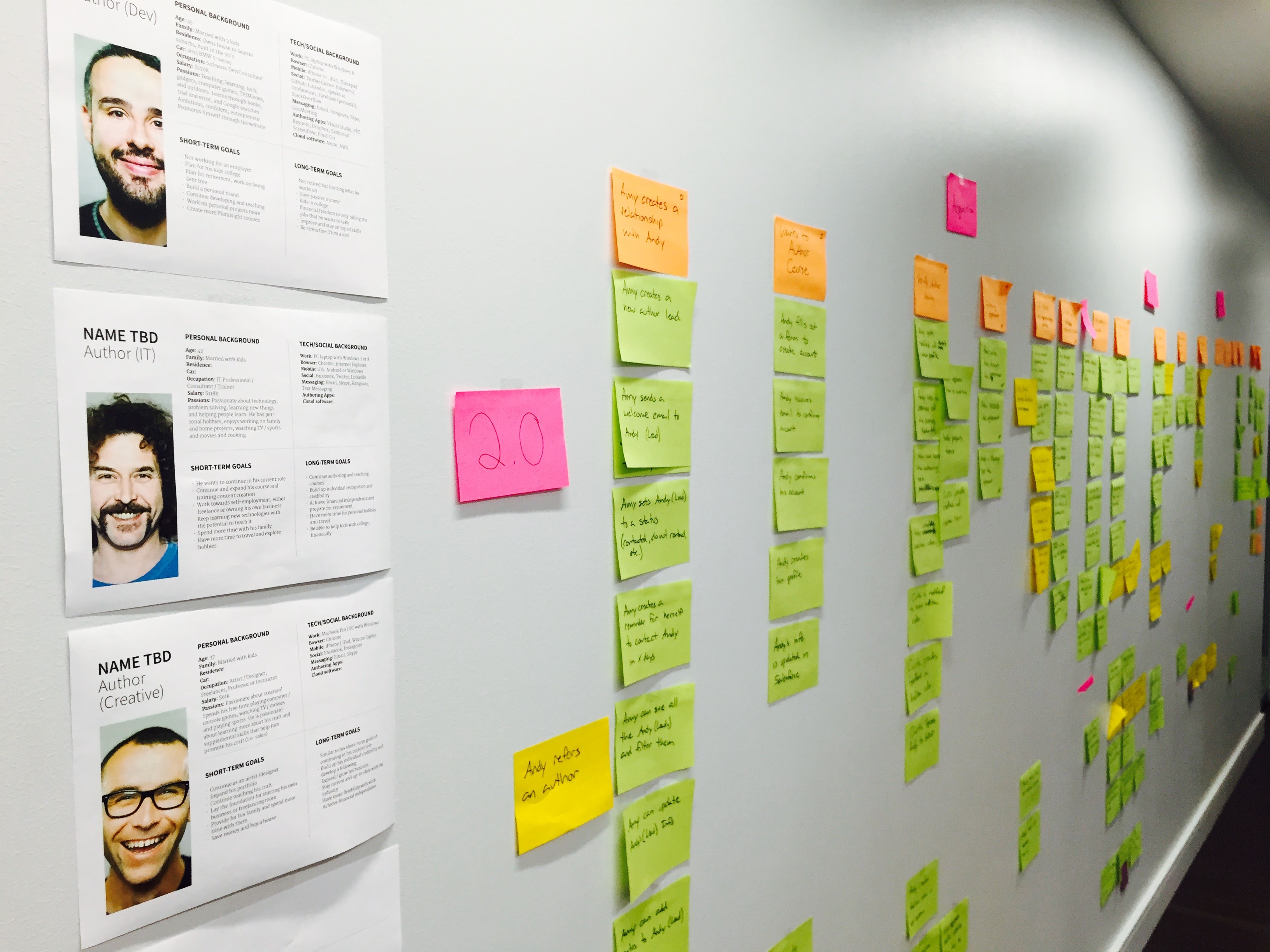
Interviews + surveys → personas & insights
To ground our decisions in real needs, I interviewed both experienced and first-time authors. We also ran surveys to capture broader sentiment.
Key insights included:
- Experienced authors wanted shortcuts and automation.
- New authors needed guidance and guardrails without being overwhelmed.
- Everyone valued visibility into progress — knowing what was left to do in the course creation journey.
I synthesized these findings into personas and journey maps. This gave us a shared lens for decision-making and helped stakeholders empathize with the author experience.
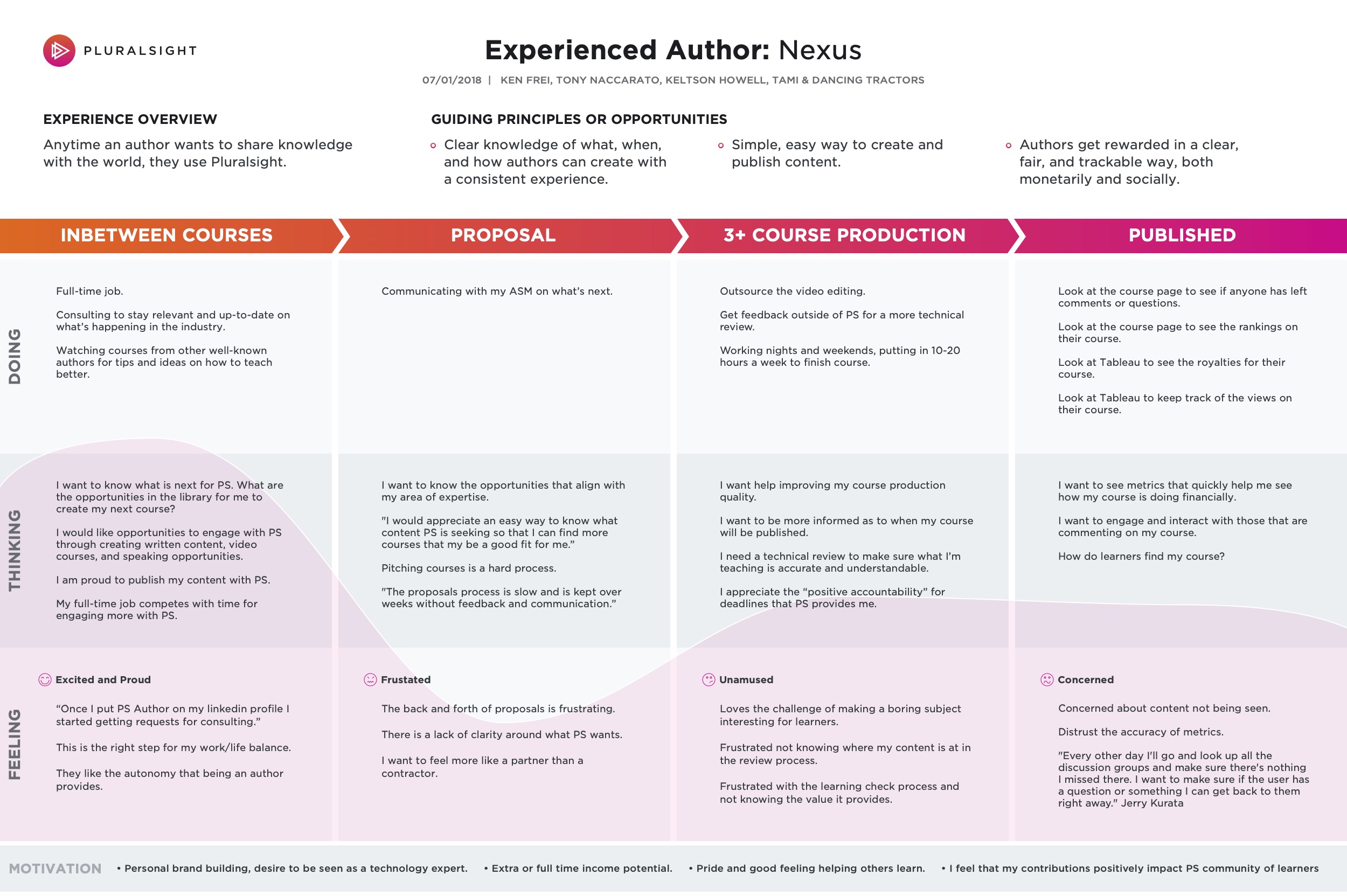
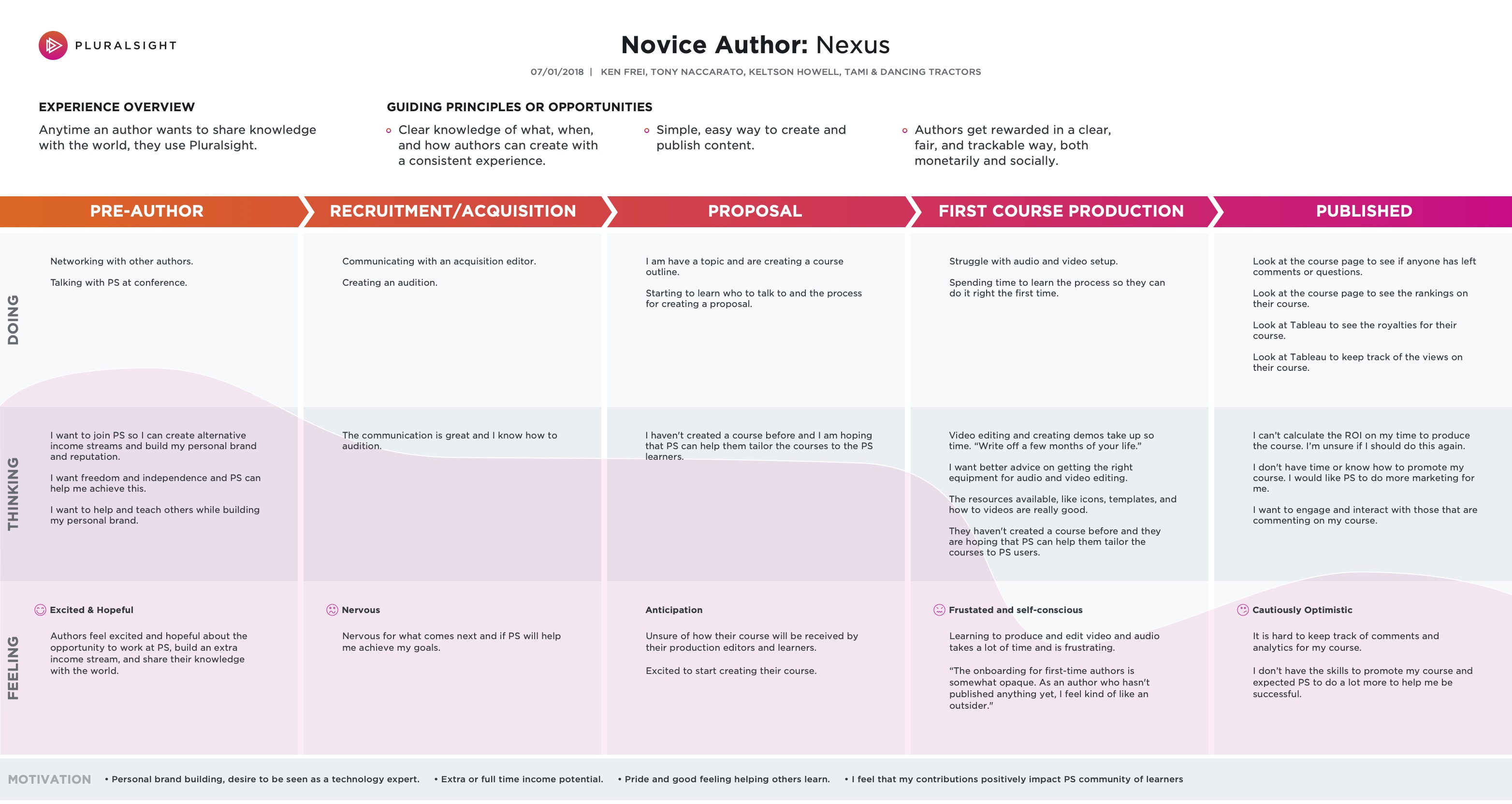
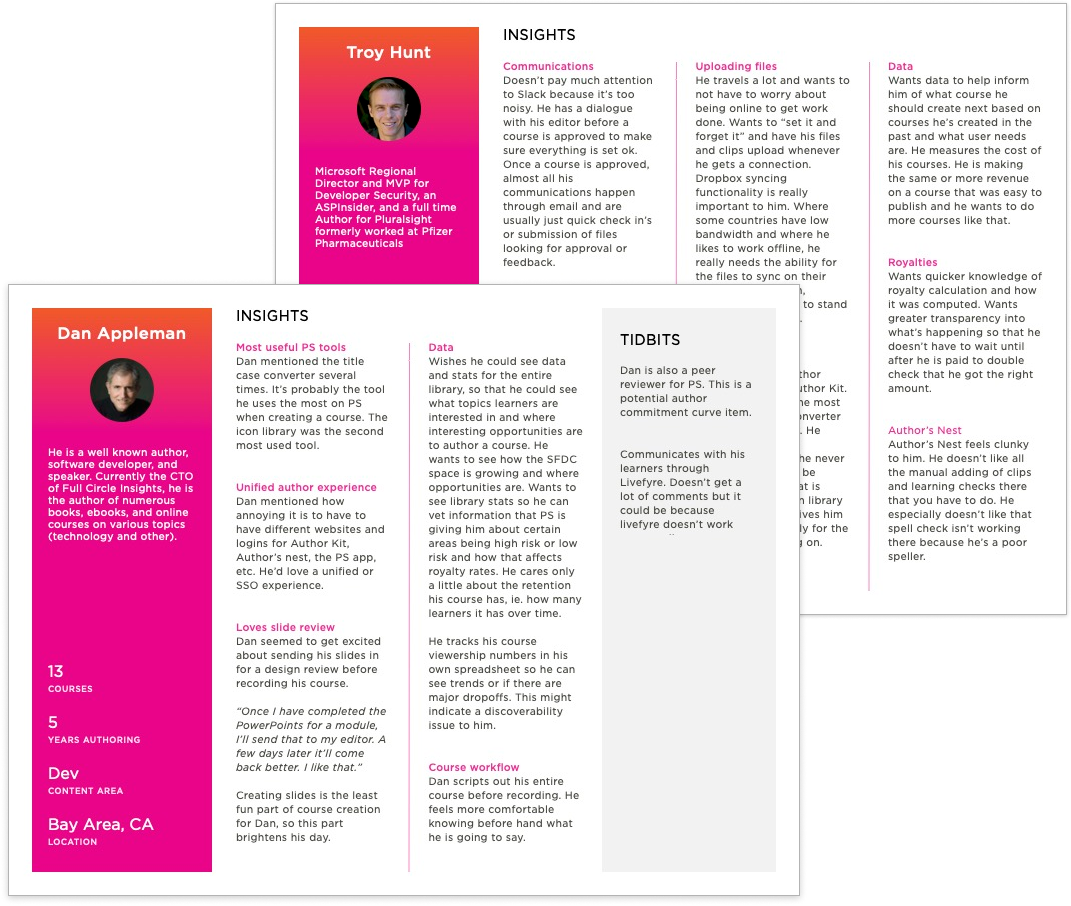
A hybrid model: guidance for new authors, speed for experts
From the research, I explored multiple solution directions:
- A guided flow that stepped new authors through the process.
- A modular dashboard for experienced authors to jump into specific tasks.
- A hybrid model combining guidance with flexibility.
Through rapid prototyping and usability testing, we learned the hybrid model struck the best balance. I designed:
- A course builder dashboard showing progress at a glance.
- Inline tips to guide new authors without clutter.
- Reusable components to ensure scalability as we added more features.
Collaboration was key — I partnered with engineering to validate feasibility early, and ran design reviews with content and support teams to ensure we didn’t lose sight of author needs.
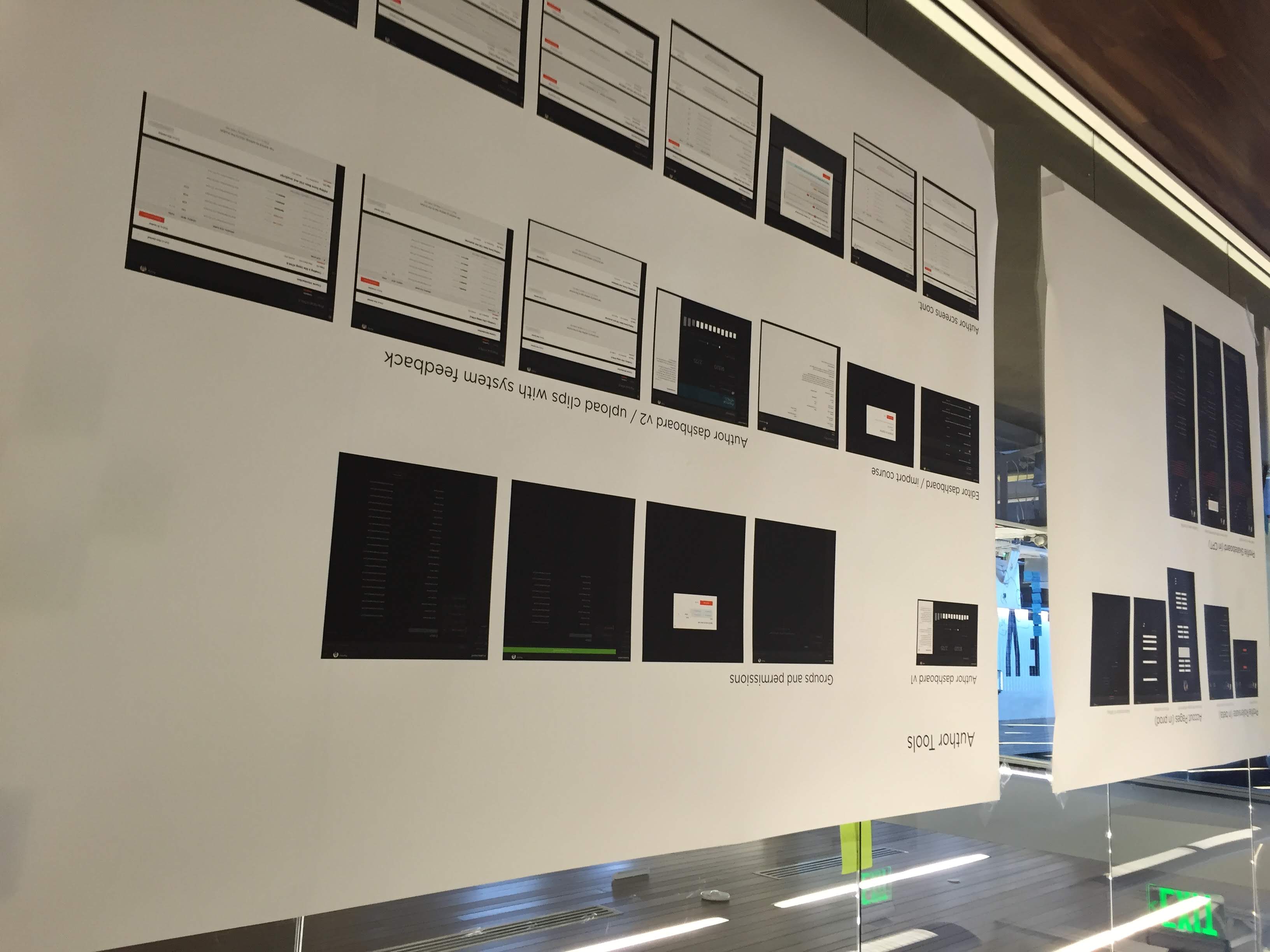
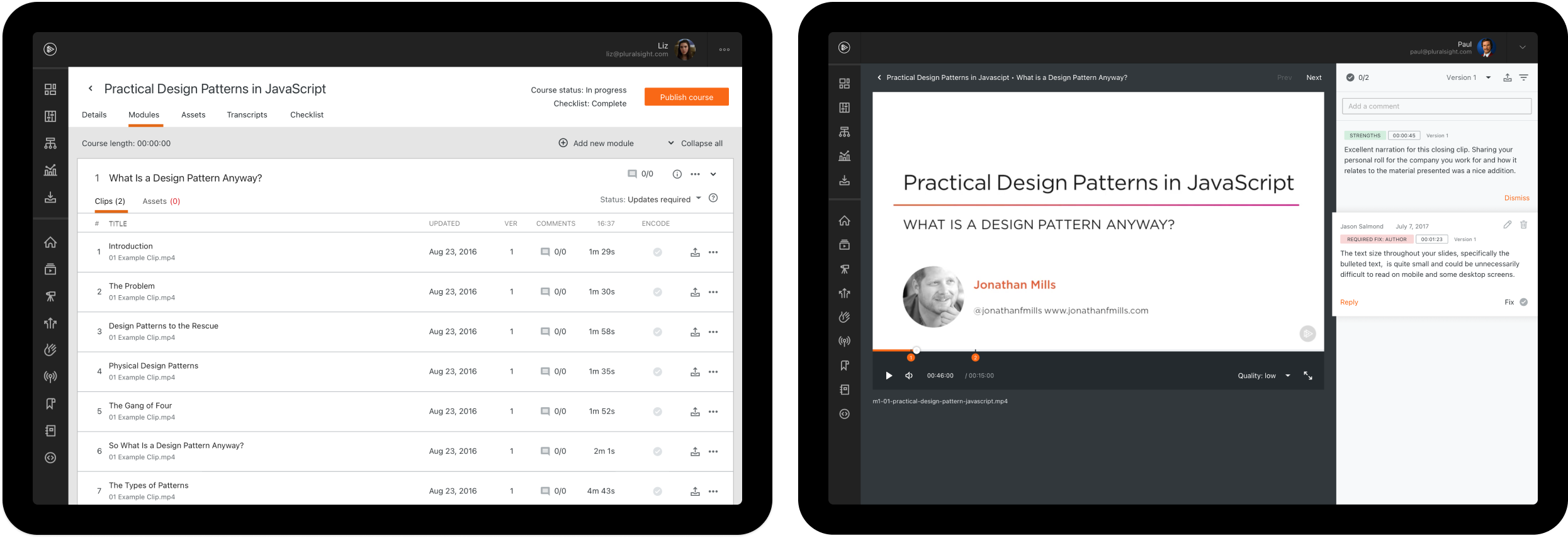
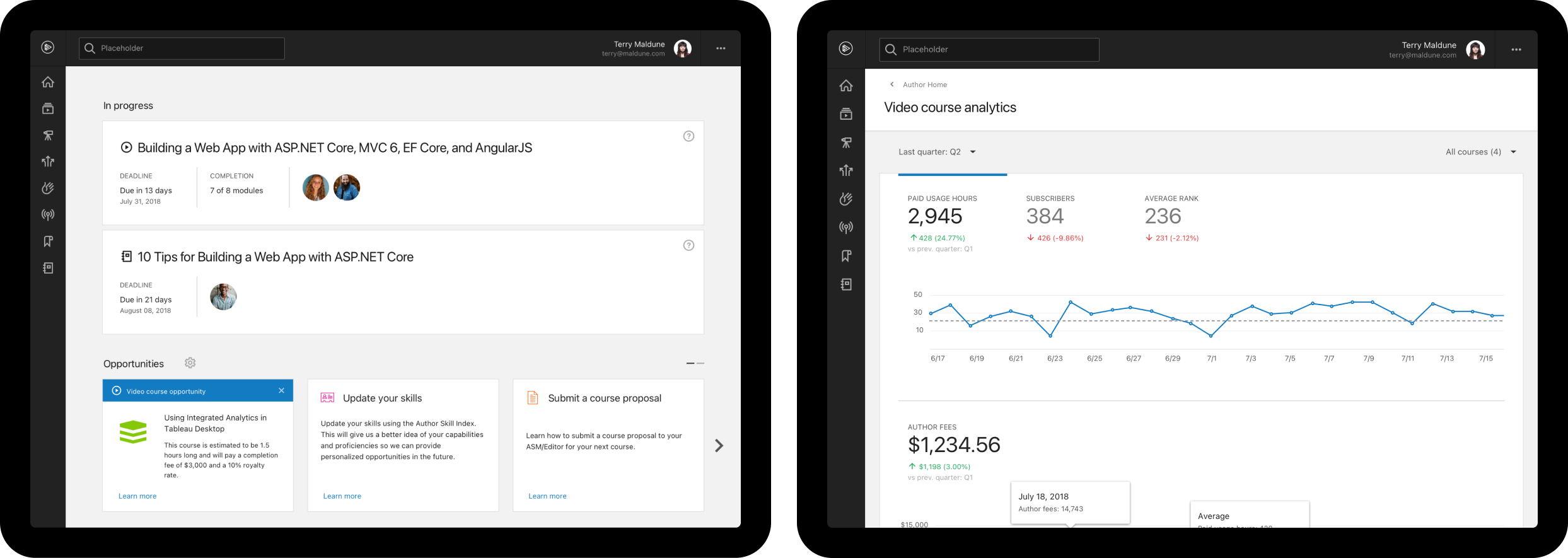
Publish time down; support burden down; author confidence up
Testing and launch metrics indicated a reduction in setup and submission time. Support tickets dropped as authors self-served more effectively, and survey feedback highlighted improved clarity and control.
Balancing guidance with flexibility
This project reinforced the importance of balancing guidance with flexibility in complex creation tools. It also showed me the value of bringing authors into the process early — their voices shaped the final product more than any internal assumption could.
As an IC, I owned the design process end-to-end: discovery, research, prototyping, and testing. At the same time, I played a leadership role by facilitating workshops and aligning cross-functional stakeholders around a shared vision.
